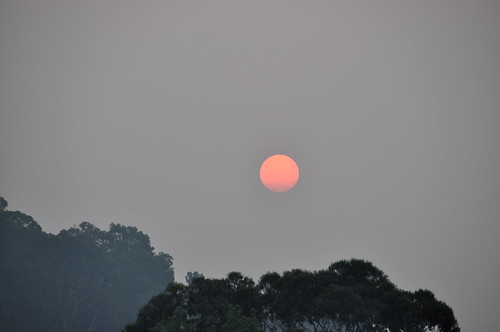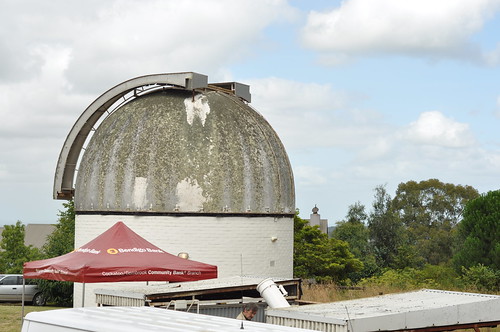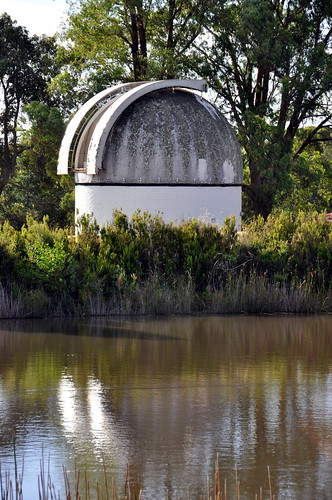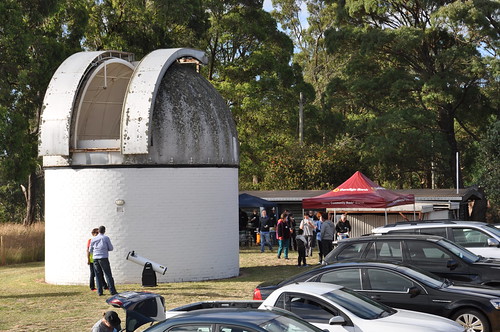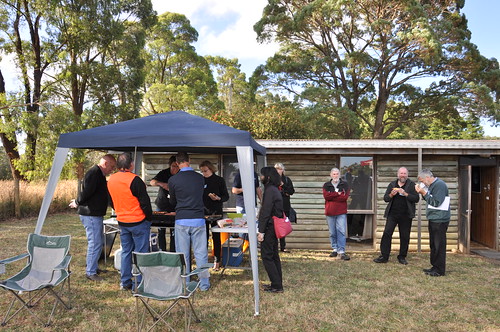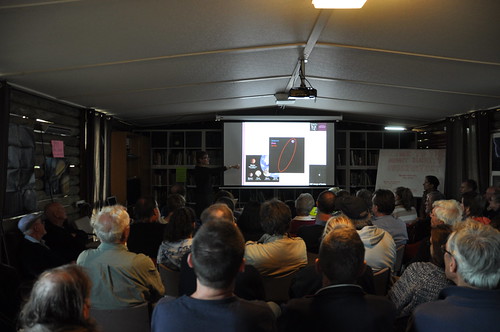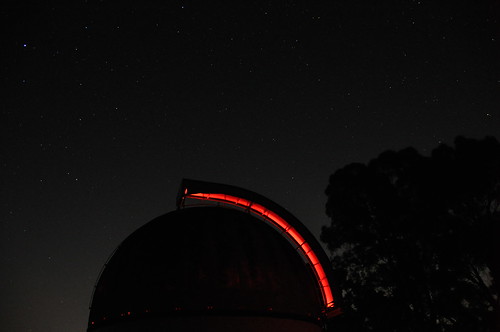In a supplemental answer to a question taken on notice (PDF) in the Senate Estimates Committee regarding the forced repatriation of 12 and 14 year old Sri Lankan refugees the Australian “Department of Immigration and Border Protection” (formerly DIMIA, etc) said (my emphasis):
In relation to question 2, no, the unaccompanied Sri Lankan minors were not advised of their rights to seek asylum. Australian law does not contain a right to seek asylum, and therefore, departmental practice does not involve advising unauthorised arrivals that they have such a right.
In other words, Australia’s own “Don’t Ask, Don’t Tell” policy, except this time in defiance of international agreements Australia itself helped forge.
Article 14 of the Universal Declaration of Human Rights says:
Everyone has the right to seek and to enjoy in other countries asylum from persecution.
You’d have thought the Australian government would have heard of that because their own Human Rights Commission website points out:
Australia was a founding member of the UN and played a prominent role in the negotiation of the UN Charter in 1945. Australia was also one of eight nations involved in drafting the Universal Declaration.
This was largely due to the influential leadership of Dr Herbert Vere Evatt, the head of Australia’s delegation to the UN. In 1948, Dr HV Evatt became President of the UN General Assembly. That same year he oversaw the adoption of the Universal Declaration.
Of course that declaration was not legally binding but Australia was involved in drafting, and we are signatories to, the 1951 Refugee Convention, which in the preamble says it:
recommends Governments to take the necessary measures for the protection of the refugee’s family especially with a view to:
(1) Ensuring that the unity of the refugee’s family is maintained particularly in cases where the head of the family has fulfilled the necessary conditions for admission to a particular country,
(2) The protection of refugees who are minors, in particular unaccompanied children and girls, with special reference to guardianship and adoption.
The Australian Governments own website says that the 1958 Migration Act enshrines into law the Refugee Convention definition of a refugee as one:
owing to well founded fear of being persecuted for reasons of race, religion, nationality, membership of a particular social group or political opinion, is outside the country of his nationality and is unable or, owing to such fear, is unwilling to avail himself of the protection of that country; or who, not having a nationality and being outside the country of his former habitual residence as a result of such events, is unable or, owing to such fear, is unwilling to return to it.
The Australian Government site then goes on to say:
The Migration Act incorporates art 1A(2) into Australian domestic law, and gives effect to Australia’s obligation of non-refoulement—not to return a person in any manner whatsoever to the frontiers of territories where the person’s life or freedom would be threatened on account of his or her race, religion, nationality, membership of a particular social group or political opinion. Section 36(2) provides for the grant of a protection visa to a ‘non-citizen in Australia to whom the Minister is satisfied Australia has protection obligations under the Refugees Convention as amended by the Refugees Protocol’.
Now the Migration Act itself doesn’t include a right to ask for “asylum”, but it does include the right to ask for a “protection visa” on grounds of being a refugee. To me that’s exactly what the Universal Declaration of Human Rights means when it talks about asylum, not to mention the fact that the Refugee Convention talks about asylum all the time. For instance when talking about not penalising refugees for their method of arrival it says:
The Convention further stipulates that, subject to specific exceptions, refugees should not be penalized for their illegal entry or stay. This recognizes that the seeking of asylum can require refugees to breach immigration rules.
To me this seems to show that the Australian Government itself is either ignorant of its own legislation or just being deliberately misleading. Or both. None of which would surprise me at the moment.
A hat tip to RISE for pointing this out on Twitter:
Oz gov says #Australian law doesn't contain right to seek #asylum"|Deportation unaccompanied #Tamil Kids-http://t.co/FV4rxDpWJb @refugees
— RISE (@riserefugee) February 26, 2014
